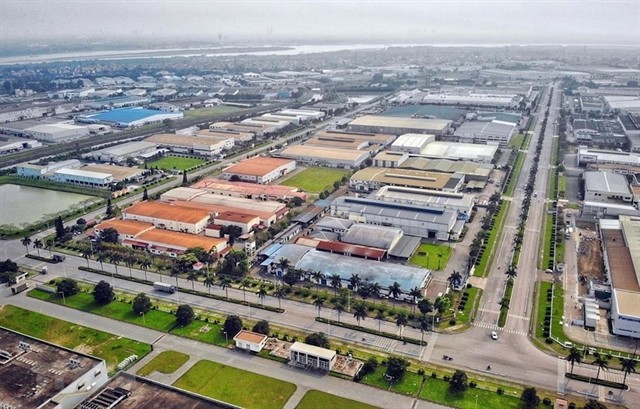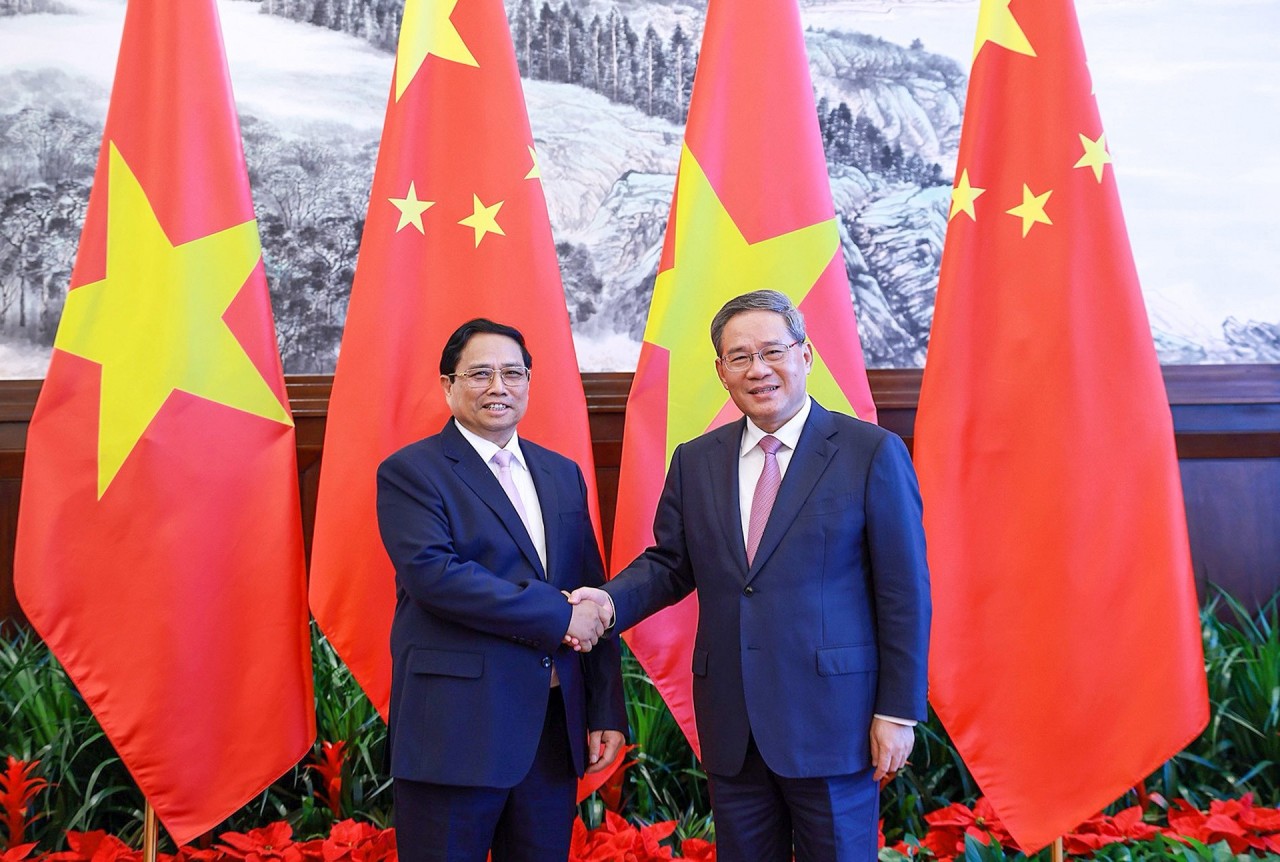Foreign Investment Expects Vietnam's Breakthrough in 2022
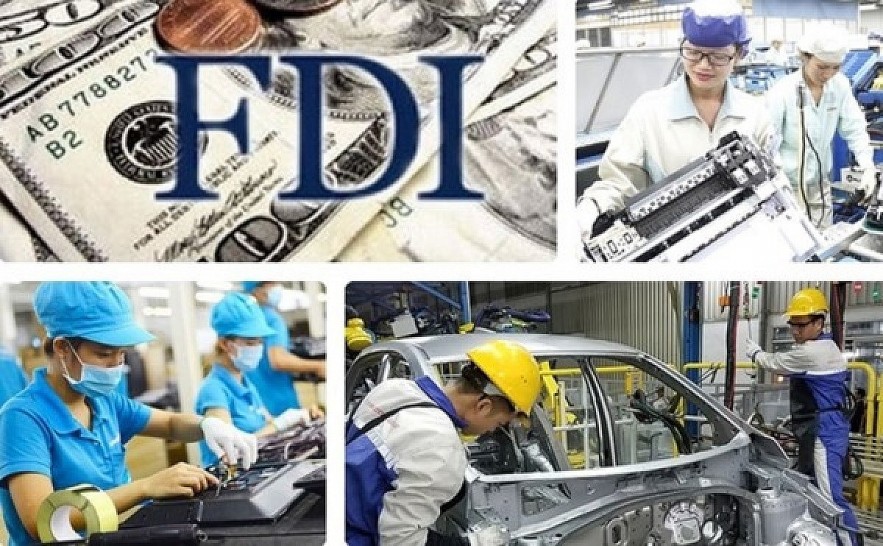 |
More than US$31 billion in foreign investment capital was poured into the nation throughout 2021, marking an increase of 9.2% compared to 2020.
This figure cannot be compared with the level of over US$38 billion that the country achieved in 2019, however, in the context of the continued spread of COVID-19, this can be viewed as a positive result which shows the confidence of foreign investors in the Vietnamese market.
The main highlight in terms of attracting foreign investment is that both newly-registered and adjusted-investment capital saw an increase compared to 2020, with adjusted capital expanding by 40.5%. Although the value of capital contribution and share purchases dropped sharply in the opening months of 2021, it gradually saw an increase during the final months of the year, thereby making investment value through this form fall by only 7.7% on-year, according to the VOV.
Along with the further recovery of global investment capital, foreign investment in the nation has enjoyed an impressive recovery. Investment capital through capital contribution and share purchases in the rest of the year soared to US$6.9 billion following the implementation of a series of large-scale projects.
Even disbursed capital last year stood at US$19.74 billion, a drop of 1.2% compared to 2020, although the trend can be seen as quite positive.
Most notably the Government co-ordinated alongside competent agencies to devise solutions and adopt policies aimed at removing difficulties and obstacles faced by businesses. In addition, regulations and guidelines for flexible adaptation to the new situation have contributed to helping improve disbursement as swiftly as possible.
According to Do Nhat Hoang, head of the Foreign Investment Department under the Ministry of Planning and Investment, in the context of a period of global investment difficulties, this increase in registered capital indicates the interest of foreign investors. Indeed, they remain keen on paying greater attention to the nation as an investment environment, especially in the event that the COVID-19 pandemic is competently brought under control.
Although the recovery momentum of foreign investment attraction is becoming increasingly obvious, it must be recognised that the situation remains extremely difficult and unpredictable to evaluate fairly. In 2021, the nation remained an attractive destination for foreign investment flows due to it being seen as an important area to carry out processing and manufacturing activities which can serve the ASEAN market, Hoang stated.
Vietnam sees new firms up 70.4% in fourth quarter
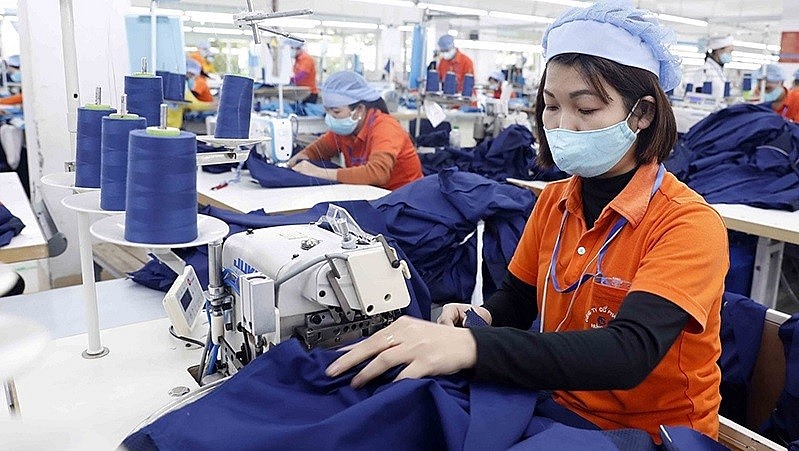 |
| Over 45% of manufacturing enterprises foresee a better outlook in the first quarter of 2022. Photo: Nhandan |
In 2021, the number of enterprises returning to business were 43,100, down 2.2% year on year.
On the opposite side, nearly 55,000 enterprises were forced to suspend their operations temporarily, up 18% against the previous year due to the impacts of COVID-19.
Another 48,100, halted their operations and are awaiting the completion of dissolution procedures, a year-on-year rise of 27.8%.
According to the General Statistics Office (GSO)'s survey of the manufacturing sector’s business situation in the fourth quarter, 44% of enterprises saw a better situation, than the July-September period, reported the Nhandan.
Nearly one in four (24.9%) said they faced difficulties, while the remaining 31.1% reported a stable production and business situation.
As for the outlook in the first quarter of 2022, 45.6% foresee improvements, while only 18.3% expect the situation to become more difficult.
Andrew Jeffries, country director for Vietnam of the Asian Development Bank (ADB), said that although this decrease in investment mainly impacted the group of small-scale projects worth under US$5 million and below US$1 million, it was also an opportunity to screen small projects. It is therefore undeniable that the impact of COVID-19 on foreign investment inflows into the country is very large, he stressed.
All expectations are now being placed on 2022. Although global foreign investment flows are recovering better than expected, investor confidence in the industry and global value chains continues to be shaky, Jeffries commented.
This can be viewed as further evidence that the number of new projects in industries that are largely involved in the global value chain such as electronics, automobiles, and chemicals have all decreased. Moreover, the competition in attracting foreign investment between various countries is increasing, while global mergers and acquisitions keep falling. These factors are predicted to affect the country’s foreign investment attraction moving into 2022.
However, some experts believe that foreign investment in the nation is forecast to make a breakthrough in the year ahead, especially as countries gradually open up their economies and adapt to the new normal.
Vietnam still holds numerous competitive advantages in terms of labour costs, infrastructure, and a series of new-generation free trade agreements (FTAs) that have been signed.
Economic optimism in 2022 centres around recovery and growth
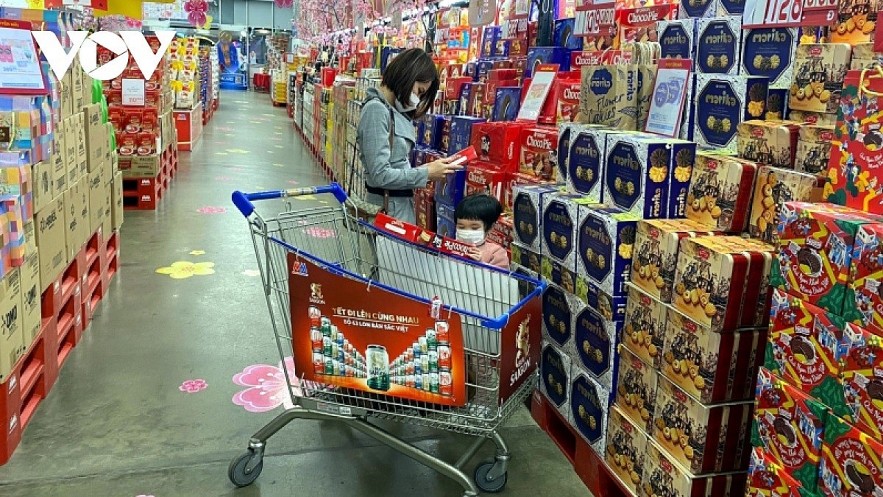 |
| Domestic consumption will be one of the three main drivers of economic growth in 2022. Photo: VOV |
Despite Vietnamese economic growth reaching 2.58% in 2021, the lowest level over the past 30 years, many economists continue to be optimistic about recovery and growth moving into 2022. However, this process will greatly depend on the country’s ability to contain the pandemic.
Economic expert Le Duy Binh stated that the change in strategy from pandemic prevention and control in recent times has had a positive impact on the business community and the economy as a whole.
With roughly 12,000 businesses involved in the market, with total registered capital of nearly VND150,000 billion, and close to 5,000 businesses returning to operation in November, 2021, this indicates a sharp increase in the number of firms participating in the market compared to the previous year.
“The Government’s Resolution 128/NQ-CP dated October 11, 2021 on safe and flexible adaptation to and effective control of the COVID-19 pandemic has made a big change in restoring economic development, giving the freedom of goods and business circulation of people and businesses. This is even more valuable to businesses than many support packages as they are able to heal themselves from the "hurts" caused by the pandemic by their own capacity," Binh went on to say.
According to economic expert Ngo Tri Long, the primary driving force behind economic growth in the year ahead will still be three pillars, including export, investment, and domestic consumption. In particular, public investment will be a key factor in promoting greater investment in society as a way of maintaining the growth momentum of the wider national economy, sai the VOV.
“The disbursement rate in November, 2021, was lower than that of the same period in 2020 and has not met the set requirements, with only 30% to 40% of public investment were disbursed in some places. In the coming time, it is necessary to promote disbursement of public investment, which both stimulates public investment spending in the short term to promote growth, and also creates effective infrastructure facilities that serve the national economy in the long run," Long said.
However, it also remains imperative to deliberate efficiency, not to disburse at all costs in the context of limited resources. Public investment must therefore be focused on the development of transport infrastructure which will serve as a foundation to develop other economic sectors, he added.
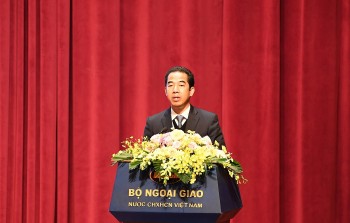 | Vietnam Becomes Bright Spot on Global Investment Map After achieveing a total capital of US$16 billion for the first time, Vietnam became one of the 20 leading countries in the world in attracting ... |
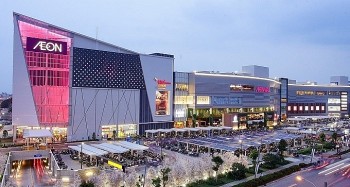 | Vietnamese Retail Market Attracts Foreign Investors The local retail sector has evolved into a magnet for hordes of international investors due to its vast market size and open domestic market growth ... |
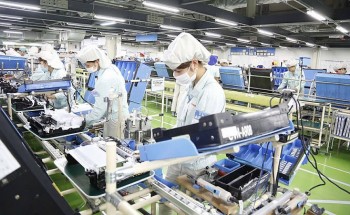 | Vietnam Remains Attractive for Foreign Investment More than US$26 billion of FDI poured into Vietnam during the first 11 months of 2021, although Vietnam was heavily affected by the Covid-19 pandemic ... |
Recommended
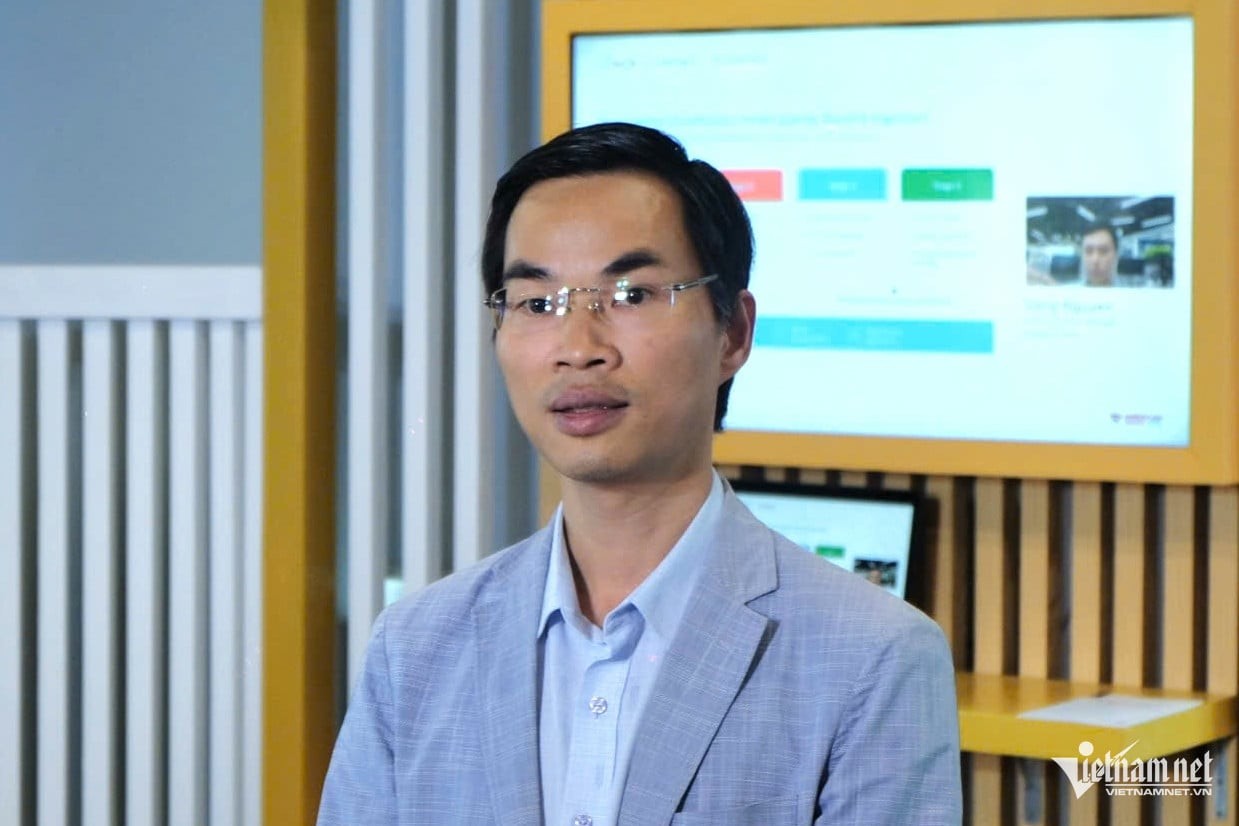 Economy
Economy
South Korean AI Startups Are Welcomed to Invest in Vietnam
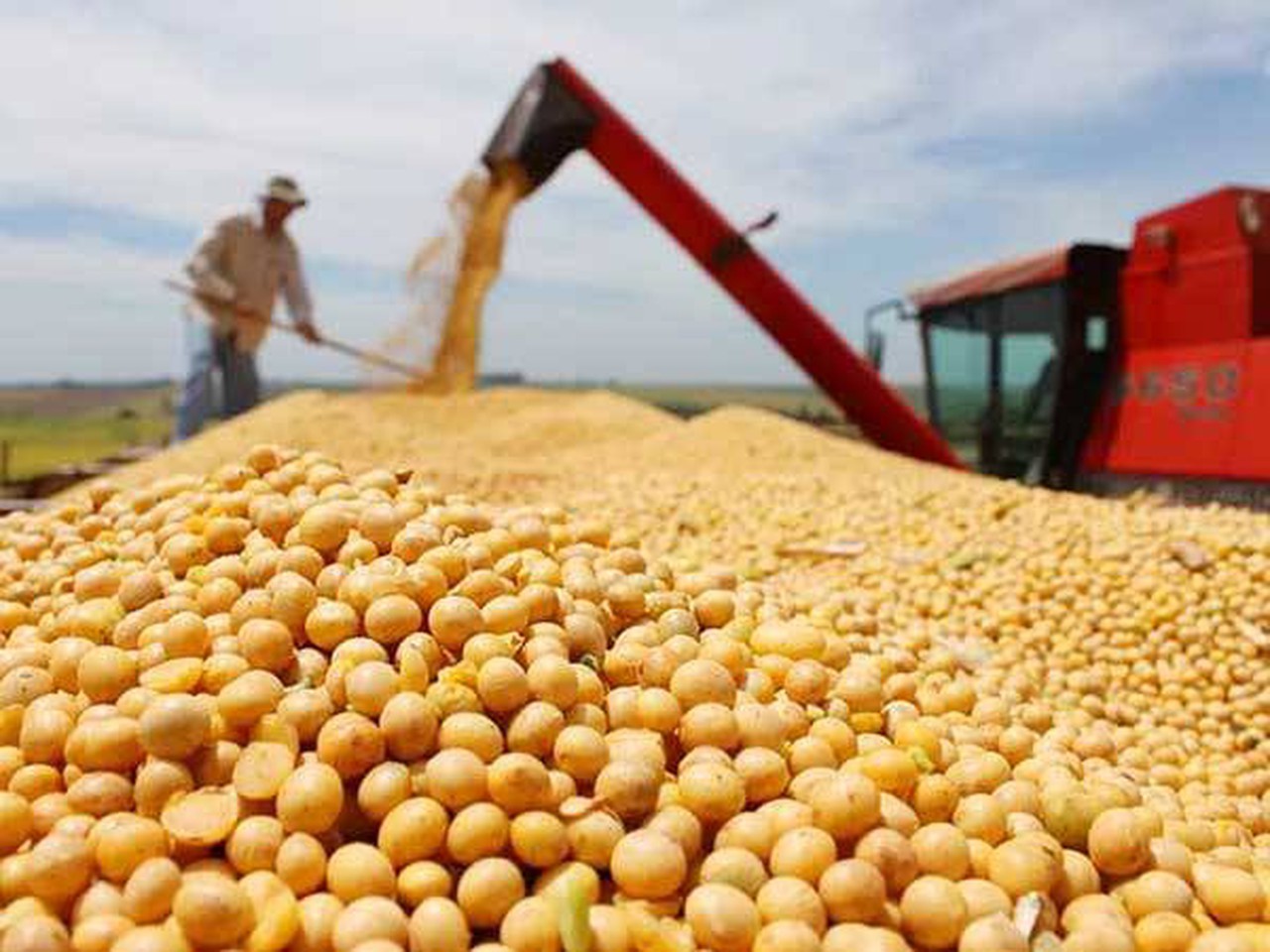 Economy
Economy
Brazil Tops Vietnam's Soybean Suppliers
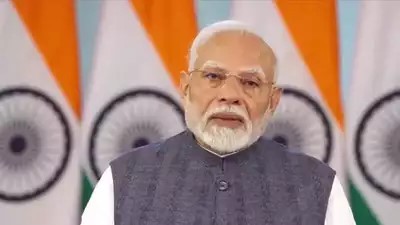 Economy
Economy
"Europe important strategic region, Germany one of our most important partners": Indian PM Modi
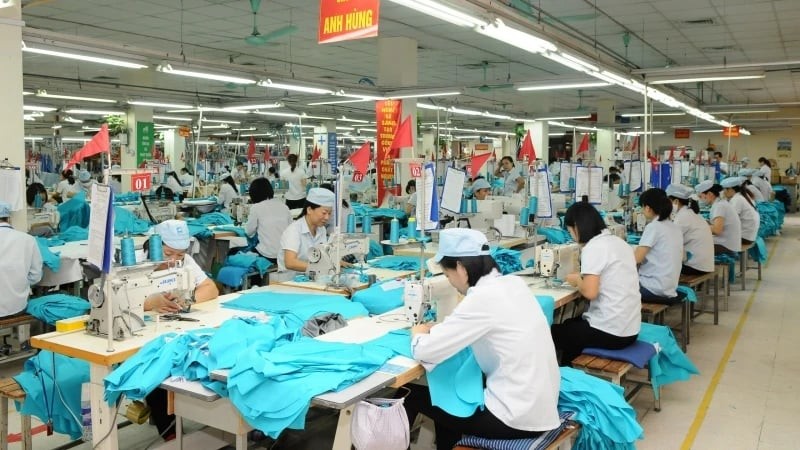 Economy
Economy
Finding Solutions for Businesses to Effectively Leverage FTAs
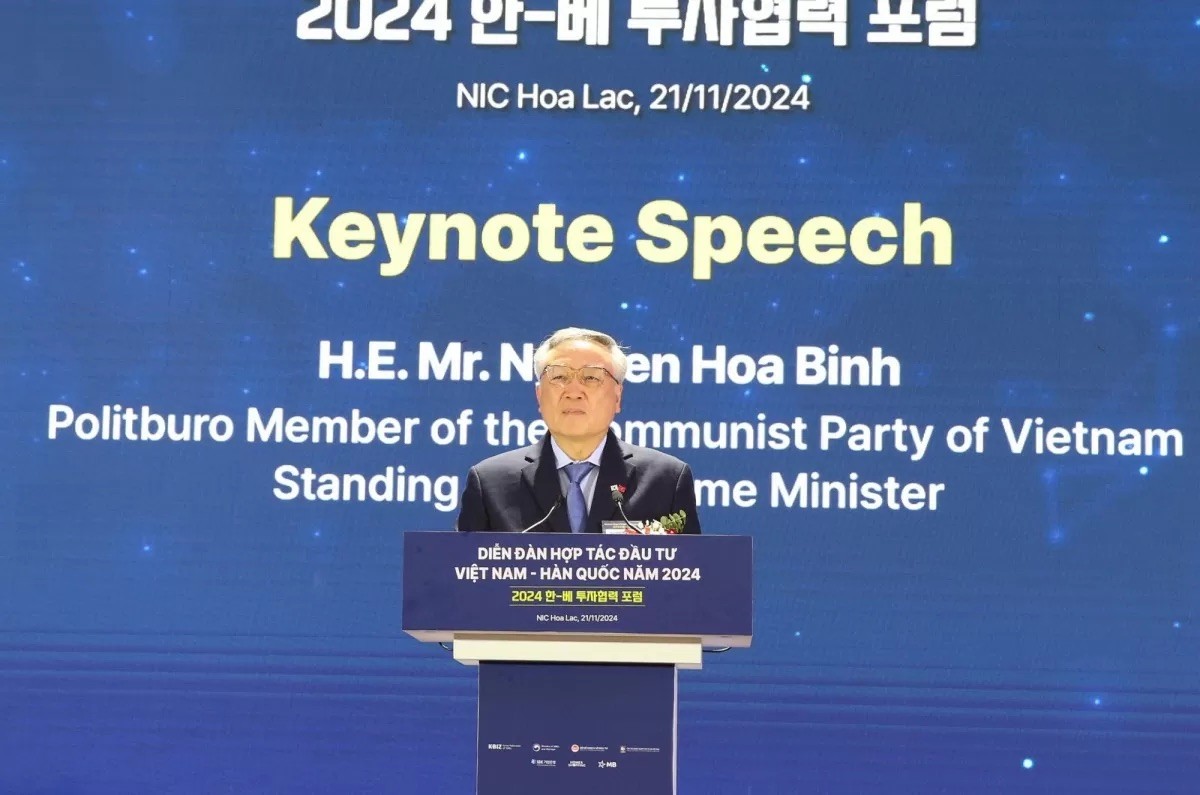 Economy
Economy
Vietnam: A Golden Opportunity for Korean Investors
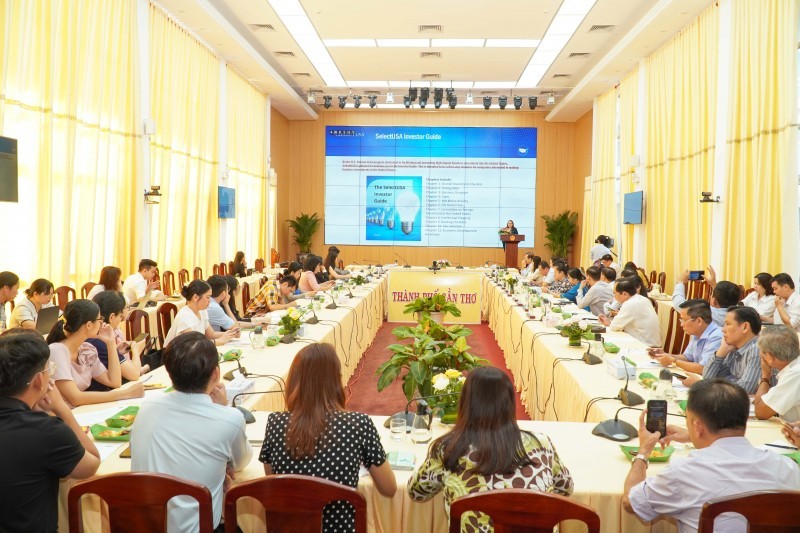 Economy
Economy

